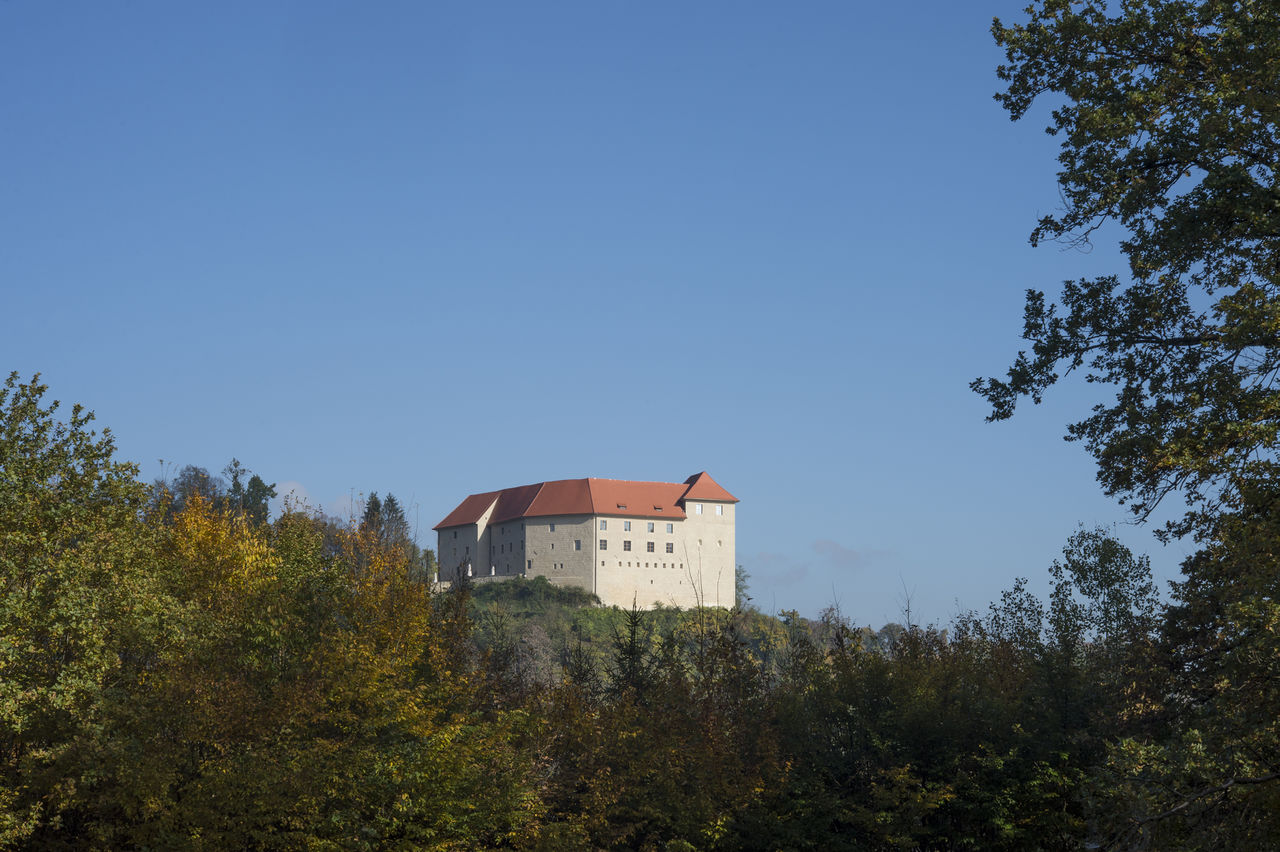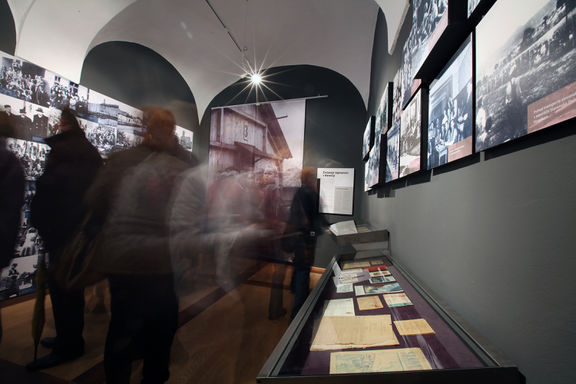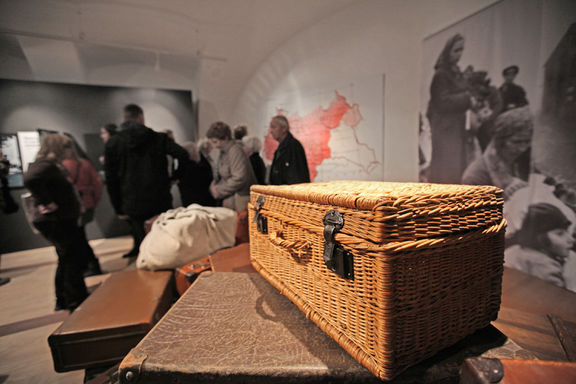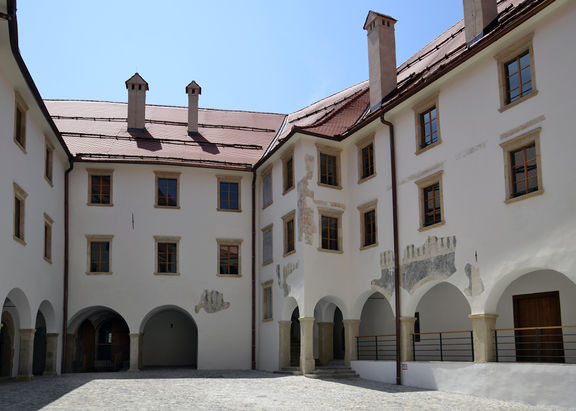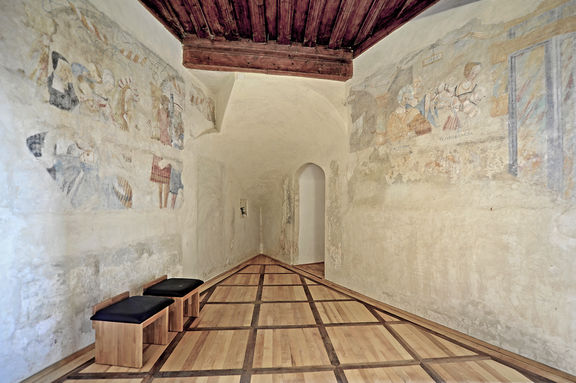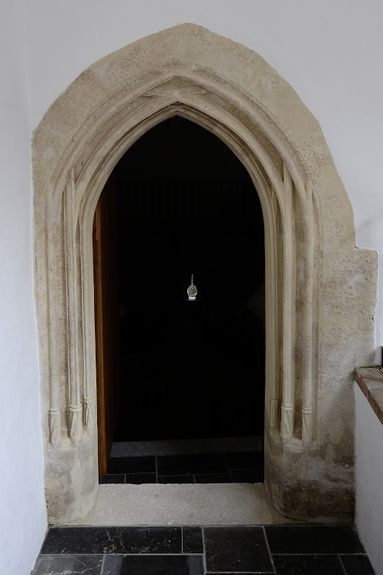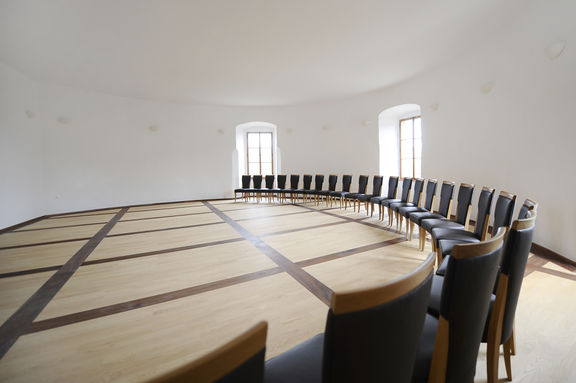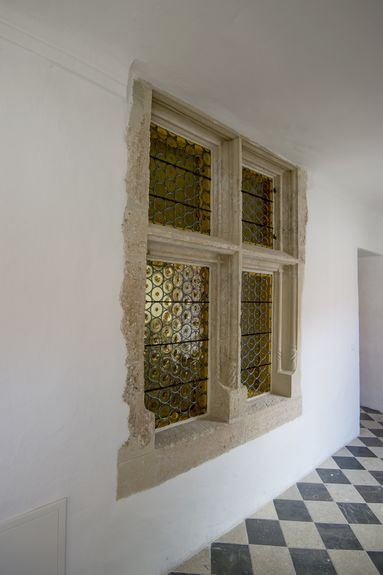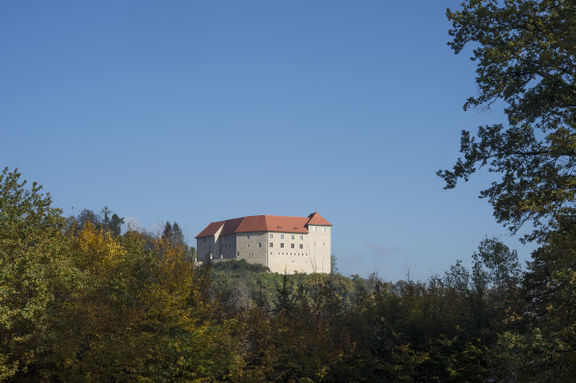Difference between revisions of "Rajhenburg Castle"
(infobox fixed) |
|||
| (39 intermediate revisions by 6 users not shown) | |||
| Line 1: | Line 1: | ||
{{Article | {{Article | ||
| − | | status = | + | | status = PHOTO |
| − | | maintainer = | + | | maintainer = Admin |
}} | }} | ||
{{Infobox | {{Infobox | ||
| − | | name = Rajhenburg Castle | + | | name = Rajhenburg Castle |
| localname = Grad Rajhenburg | | localname = Grad Rajhenburg | ||
| − | | street | + | | street = Cesta izgnancev 3 |
| − | | town | + | | town = SI-8280 Brestanica |
| − | | telephone = 386 (0) | + | | map = http://www.openstreetmap.org/?lon=15.46648&lat=45.98911&zoom=16&layer=mapnik |
| − | | fax = | + | | telephone = 386 (0) 7 620 4216 |
| − | | email = | + | | fax = |
| − | | website = http://www. | + | | email = info@gradrajhenburg.si |
| − | | | + | | website = http://www.gradrajhenburg.si/ |
| + | | managed by 2 = National Museum of Contemporary History | ||
| + | | managed by = Krško Culture House | ||
| contacts = {{Contact | | contacts = {{Contact | ||
| − | | name | + | | name = Darja Planinc |
| − | | role | + | | role = Director |
| − | | telephone | + | | email = darja.planinc@kd-krsko.si |
| + | | telephone = 386 (0) 7 488 0192 | ||
| + | | fax = | ||
}} | }} | ||
| + | {{Contact | ||
| + | | name = Helena Rožman | ||
| + | | role = Curator | ||
| + | | telephone = 386 (0) 51475675 | ||
| + | | email = helena.rozman@mestnimuzejkrsko.si | ||
| + | }} | ||
| + | {{Contact | ||
| + | | name = Žiga Kump | ||
| + | | role = Cultural Programmes Coordinator | ||
| + | | telephone = | ||
| + | | email = ziga.kump@kd-krsko.si | ||
| + | }} | ||
| + | | accounts = | ||
| + | https://www.facebook.com/pages/Grad-Rajhenburg/545294055484421 | ||
| + | https://www.instagram.com/gradrajhenburg/ | ||
}} | }} | ||
{{Teaser| | {{Teaser| | ||
| − | + | ||
| + | {{image|Rajhenburg Castle 2015.jpg}} | ||
| + | |||
| + | The [[Rajhenburg Castle]] dates back in the 9th century but the current construction derives from the 16th century. The castle that is called also Brestanica Castle is owned by the [[Municipality of Krško]] and was recently completely renovated with the support from the European Union's Cohesion Fund. Despite its rather sinister misuse during and after World War II it now features several museum collections, contemporary art exhibitions, a wedding hall, a museum shop, a restaurant and a café. It is managed by the [[Krško Culture House]] that runs a variety of cultural programmes. | ||
| + | |||
| + | As the Rajhenburg Castle was also a home to the only Trappist Monastery in the Slovenia, their rich legacy became an inspiration for the current exhibitions. The permanent exhibition on the Rajhenburg Trappists was prepared by [[National Museum of Contemporary History, Brestanica Unit|the Brestanica Unit]] of the [[National Museum of Contemporary History]] already in the 1990s and was re-staged in 2013. | ||
}} | }} | ||
| − | After 1884 Trappist monks moved into the castle, where they produced chocolate and liqueur. Then in April 1941 the Germans transformed the castle into the central camp for deporting Slovenes; during the course of World War II around 45,000 Slovenes were sent into exile from here. After World War II the castle continued to function as a prison | + | ==History== |
| + | The original structure of the Rajhenburg Castle from the 9th century was demolished at the beginning of the 10th century, but Bishop Konrad of Salzburg had it renovated between 1131 and 1147. The most prominent owners of the castle were the Rajhenburgs, the noble Moscons, the Knights Gradeneck, the Barons Gall Galenstein and the Counts Attems. | ||
| + | |||
| + | {{image|Rajhenburg Castle 2012 courtyard.jpg}} | ||
| + | |||
| + | After 1884 Trappist monks moved into the castle, where they produced chocolate and liqueur. Then in April 1941 the Germans transformed the castle into the central camp for deporting Slovenes; during the course of World War II around 45,000 Slovenes were sent into exile from here. After World War II the castle continued to function as a women's prison. | ||
| + | In 1968 Rajhenburg Castle became the home of the Museum of Political Prisoners, Internees and Deportees, a branch of the [[National Museum of Contemporary History]]. This permanent exhibition closed down in 2011 and a new exhibition on the [[National Museum of Contemporary History, Brestanica Unit|Trappist order]] opened in a completely renovated castle in 2013. | ||
| + | |||
| + | ==Architecture and interior decoration== | ||
The Romanesque perimeter, built in the 12th century, is noteworthy for the structure and construction of the walls. The castle chapel retains its original Romanesque portal, although the two-storey building itself was sturdily reconstructed in the 16th century. | The Romanesque perimeter, built in the 12th century, is noteworthy for the structure and construction of the walls. The castle chapel retains its original Romanesque portal, although the two-storey building itself was sturdily reconstructed in the 16th century. | ||
| − | Within the castle are several profiled | + | Within the castle are several profiled timber work ceilings and terraced walls. A unique feature is the architectural decoration of the inner façades. On the first floor is an almost hidden secular Renaissance fresco by the [[Master from Marija Gradec]] (1530). |
| + | |||
| + | {{image|Rajhenburg Castle 2012 frescoes.jpg}} | ||
| + | |||
| + | == See also == | ||
| + | *[[National Museum of Contemporary History, Brestanica Unit]] | ||
| + | *[[Krško Culture House]] | ||
| + | *[[Municipality of Krško]] | ||
| + | * [[:Category:The Castles of Posavje|The Castles of Posavje]] | ||
| − | [[ | + | == External links == |
| + | *[http://www.gradrajhenburg.si/ Rajhenburg Castle website] (in Slovenian) | ||
| + | *[http://sl.wikipedia.org/wiki/Grad_Rajhenburg Rajhenburg Castle on Wikipedija] (in Slovenian) | ||
| + | * [http://kraji.eu/slovenija/brestanica_muzej_novejse_zgodovine/IMG_9051_grad_brestanica_muzej_novejse_zgodovine_razstava_o_menihih_trapistih/eng Rajhenburg Castle on Kraji.eu] | ||
| + | {{Gallery}} | ||
| − | + | [[Category:Monuments and sites]] | |
| + | [[Category:Castles]] | ||
| + | [[Category:Venues]] | ||
| + | [[Category:The Castles of Posavje]] | ||
Latest revision as of 21:01, 8 October 2019
History
The original structure of the Rajhenburg Castle from the 9th century was demolished at the beginning of the 10th century, but Bishop Konrad of Salzburg had it renovated between 1131 and 1147. The most prominent owners of the castle were the Rajhenburgs, the noble Moscons, the Knights Gradeneck, the Barons Gall Galenstein and the Counts Attems.
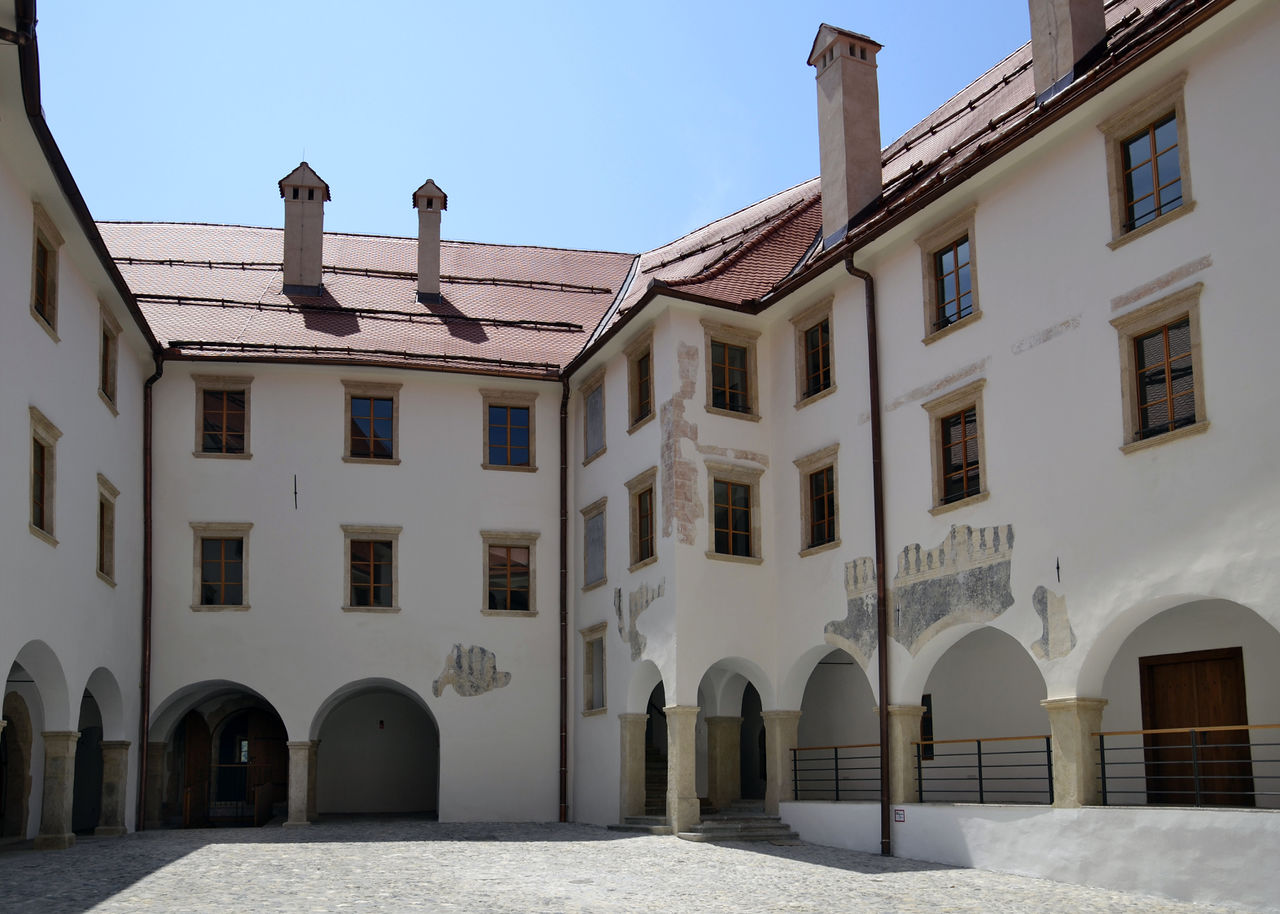 Rajhenburg Castle courtyard, 2012
Rajhenburg Castle courtyard, 2012
After 1884 Trappist monks moved into the castle, where they produced chocolate and liqueur. Then in April 1941 the Germans transformed the castle into the central camp for deporting Slovenes; during the course of World War II around 45,000 Slovenes were sent into exile from here. After World War II the castle continued to function as a women's prison.
In 1968 Rajhenburg Castle became the home of the Museum of Political Prisoners, Internees and Deportees, a branch of the National Museum of Contemporary History. This permanent exhibition closed down in 2011 and a new exhibition on the Trappist order opened in a completely renovated castle in 2013.
Architecture and interior decoration
The Romanesque perimeter, built in the 12th century, is noteworthy for the structure and construction of the walls. The castle chapel retains its original Romanesque portal, although the two-storey building itself was sturdily reconstructed in the 16th century.
Within the castle are several profiled timber work ceilings and terraced walls. A unique feature is the architectural decoration of the inner façades. On the first floor is an almost hidden secular Renaissance fresco by the Master from Marija Gradec (1530).
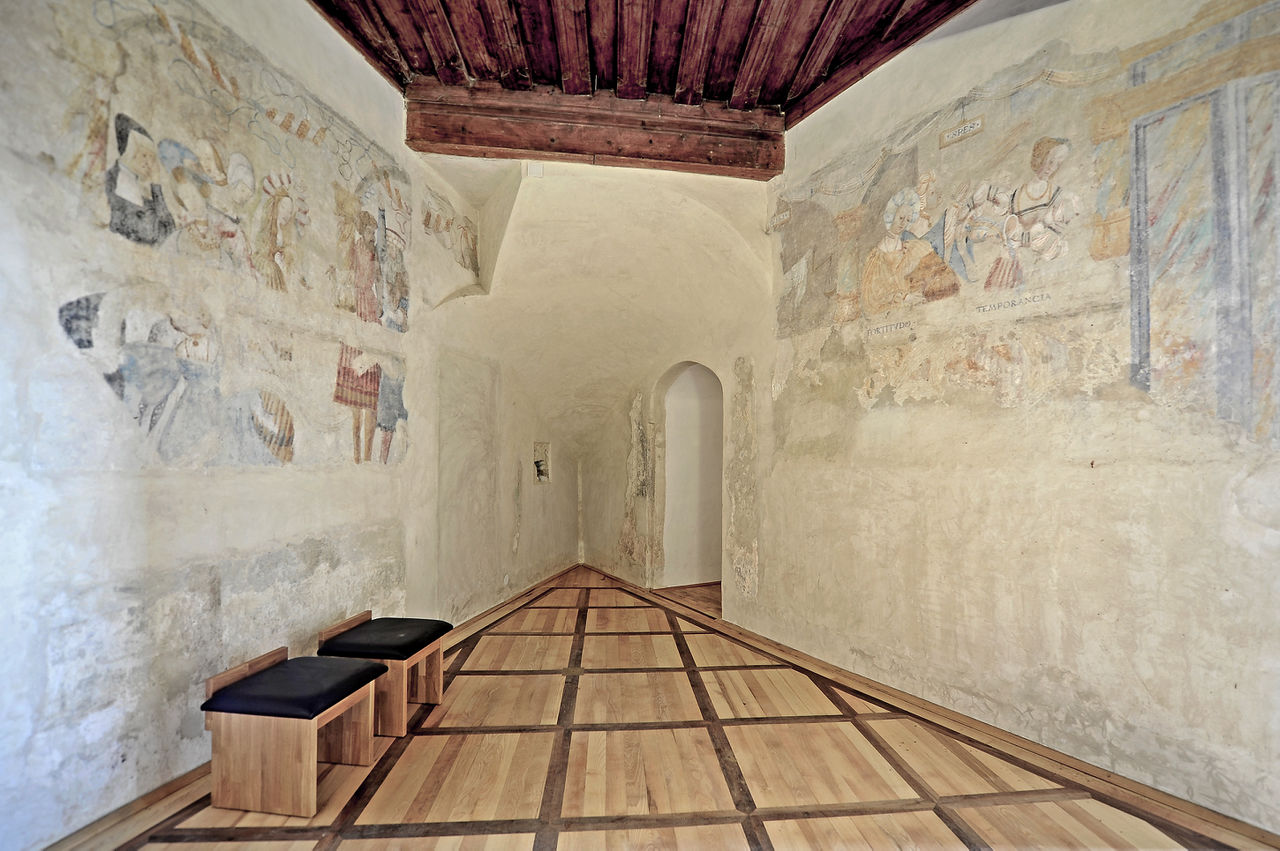 On the first floor of the Rajhenburg Castle secular Renaissance fresco by the Master from Marija Gradec (1530) were discovered in the 1980s.
On the first floor of the Rajhenburg Castle secular Renaissance fresco by the Master from Marija Gradec (1530) were discovered in the 1980s.
See also
- National Museum of Contemporary History, Brestanica Unit
- Krško Culture House
- Municipality of Krško
- The Castles of Posavje
External links
- Rajhenburg Castle website (in Slovenian)
- Rajhenburg Castle on Wikipedija (in Slovenian)
- Rajhenburg Castle on Kraji.eu



